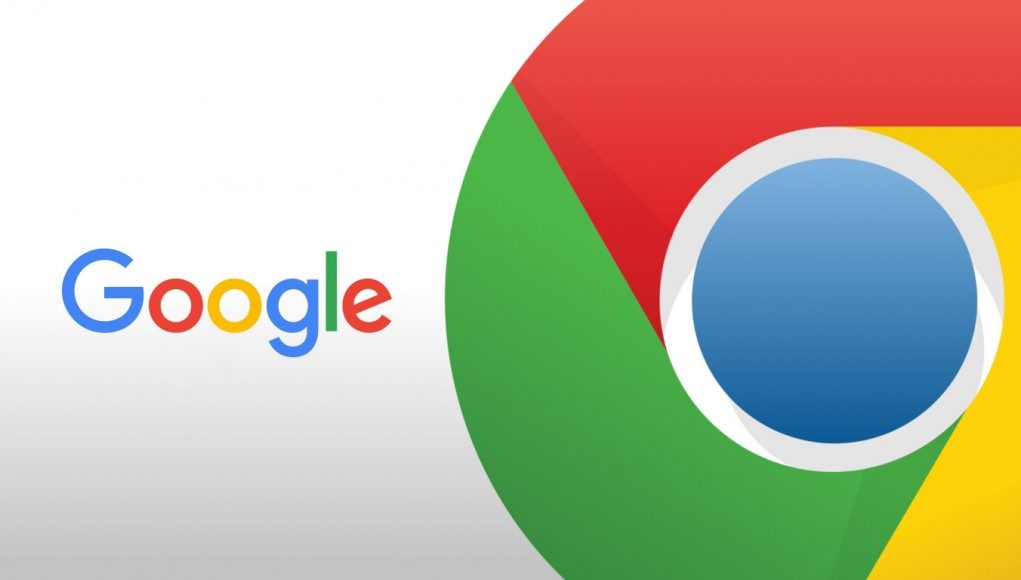 Google’s mission is to organize the world’s information, and so they’ve been long-time advocates for the open web. At Google I/O last week, the company announced that they’ll soon be shipping Google Chrome for Android with WebVR, and that they’re going to start experimental builds for WebAR. During the WebVR talk at I/O, Google showed how to write a progressive web application with three.js that could be viewed on a desktop computer, mobile phone or tablet, or Google Cardboard or Daydream virtual reality headset. Google is pushing the hardest for platform-agnostic WebVR applications on the web as mental presence is their core strength.
Google’s mission is to organize the world’s information, and so they’ve been long-time advocates for the open web. At Google I/O last week, the company announced that they’ll soon be shipping Google Chrome for Android with WebVR, and that they’re going to start experimental builds for WebAR. During the WebVR talk at I/O, Google showed how to write a progressive web application with three.js that could be viewed on a desktop computer, mobile phone or tablet, or Google Cardboard or Daydream virtual reality headset. Google is pushing the hardest for platform-agnostic WebVR applications on the web as mental presence is their core strength.
LISTEN TO THE VOICES OF VR PODCAST
I had a chance to catch up with primary WebVR spec author, Brandon Jones, at Google I/O to talk about why they’re holding off on shipping WebVR 1.1 and waiting until the latest WebVR “2.0” version is ready. It’ll ship as WebVR 1.0, but there has been such major refactoring to account for augmented reality that internally it’s referred to as the 2.0 spec. Mozilla will be shipping the 1.1 WebVR spec in their browser in August, but Jones says that the Chrome team doesn’t want to have to maintain and support the 1.1 version, which is sure to quickly be deprecated.
 Jones and I talk about the differences between WebVR & WebAR, and the long process of developing the WebVR API over the last three years, VR’s relation to other exponential technologies, and the philosophy of being a immersive technology platform developer for billions of devices.
Jones and I talk about the differences between WebVR & WebAR, and the long process of developing the WebVR API over the last three years, VR’s relation to other exponential technologies, and the philosophy of being a immersive technology platform developer for billions of devices.
Check out my previous interviews with Brandon in 2016 and in 2015.
Explore Further:
- Here’s the Building Virtual Reality on the Web with WebVR presentation from Google I/O ’17.
- The Google Expeditions team is also using A-Frame to rapidly prototype Google Expeditions experiences in WebVR.
Support Voices of VR
- Subscribe on iTunes
- Donate to the Voices of VR Podcast Patreon
Music: Fatality & Summer Trip







